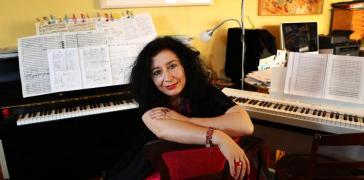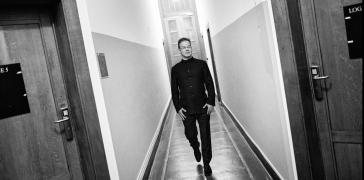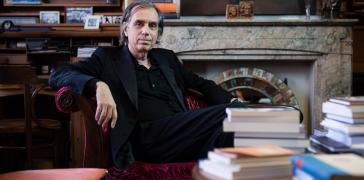
Let's meet again! - C'est du Belge
Simon Diricq and the Concertino da camera
The saxophone, invented in the 19th century by Adolphe Sax, is the Belgian instrument par excellence. The instrument makes regular appearances in the orchestra, such as in the ballet La création du monde by Darius Milhaud (featured in the New Year concert conducted by Hugh Wolff). This year’s programme also includes a genuine saxophone concerto: the Concertino da camera by the French composer Jacques Ibert. Simon Diricq, graduate of the Paris Conservatoire National Supérieur de Musique and currently lecturer at the Brussels Conservatory, plays the parts for saxophone solo.
“The Concertino da camera is one of the major works for saxophone. It was a compulsory work when I took the entrance exam to the Paris Conservatory. Technically, the Concertino da camera is a real challenge. It is exceptionally light in character, a neoclassical work with a joyfulness and playfulness that is unparalleled. The exotic harmonies and variety of tones are enough to charm anyone.”
“At the technical level the saxophone shares many characteristics with a variety of instruments. The valves function in the same way as in the flute, according to what is known as the Boehm system. The conical bore is like that found in the oboe whereas the metal is a characteristic it shares with brass instruments and the single reed originates in the clarinet. As to sound quality, the saxophone is best compared to the human voice.”
“As king of jazz and popular music, which was never Adolphe Max’s intention, the saxophone has a somewhat strange identity in the world of classical music. Saxophonists are aware that there is only a limited repertoire for the saxophone and seize every opportunity to support the creation of a new repertoire. Saxophonists are often given a major role in new compositions because composers know that, always eager for a wider repertoire, we will always be very well prepared.”


